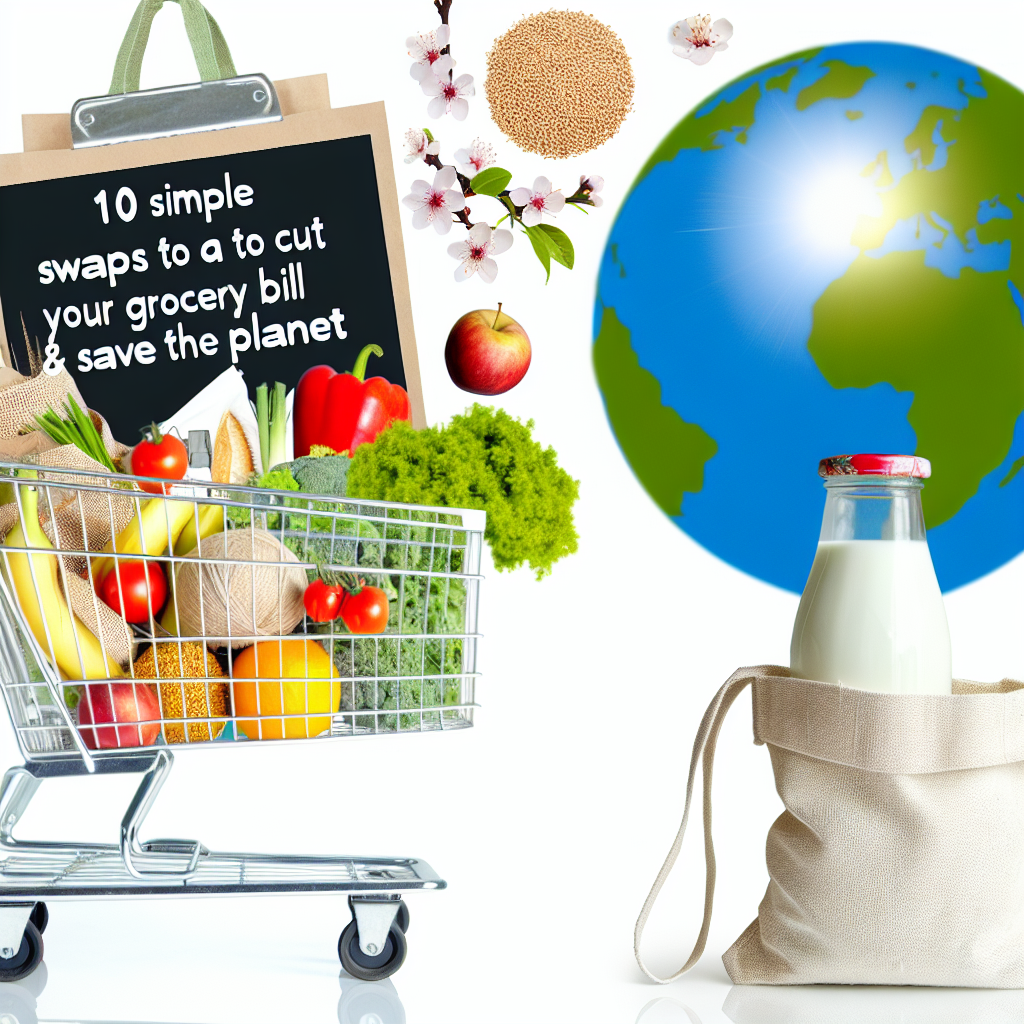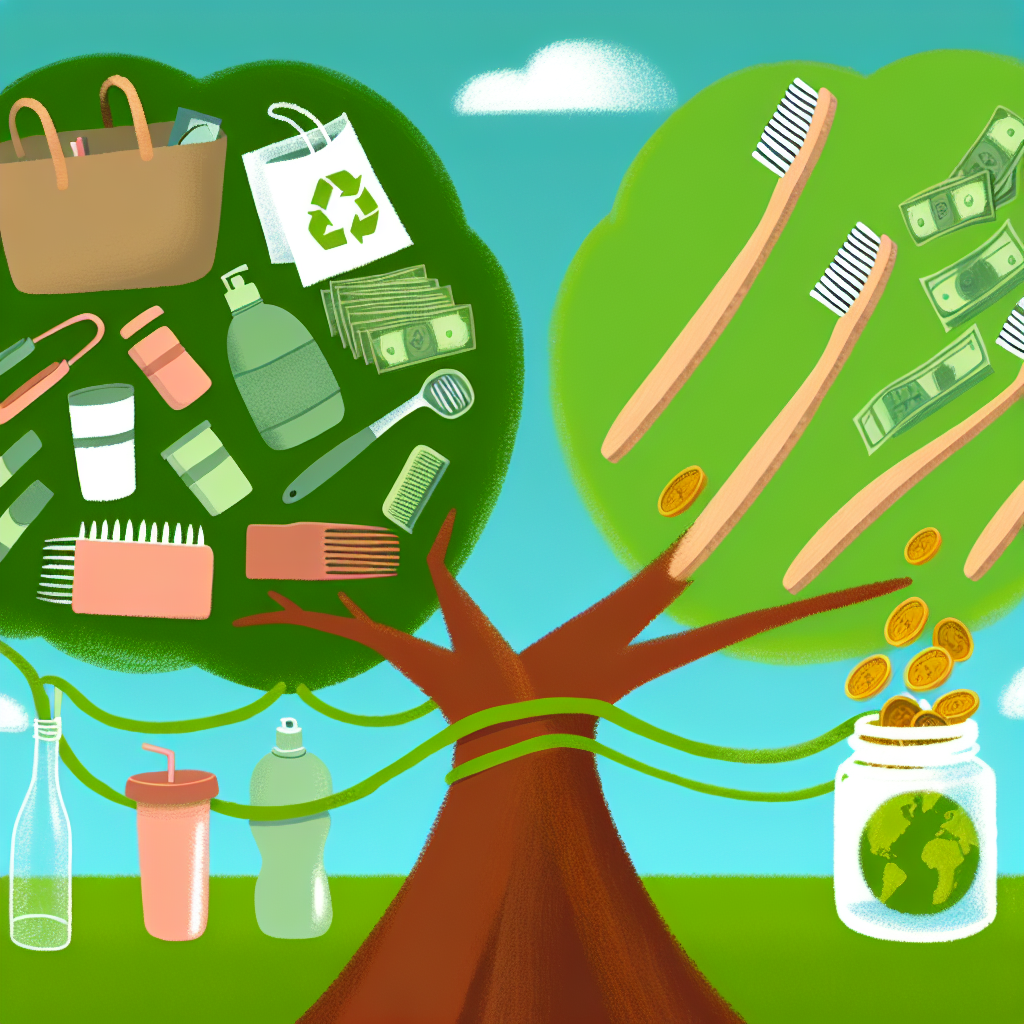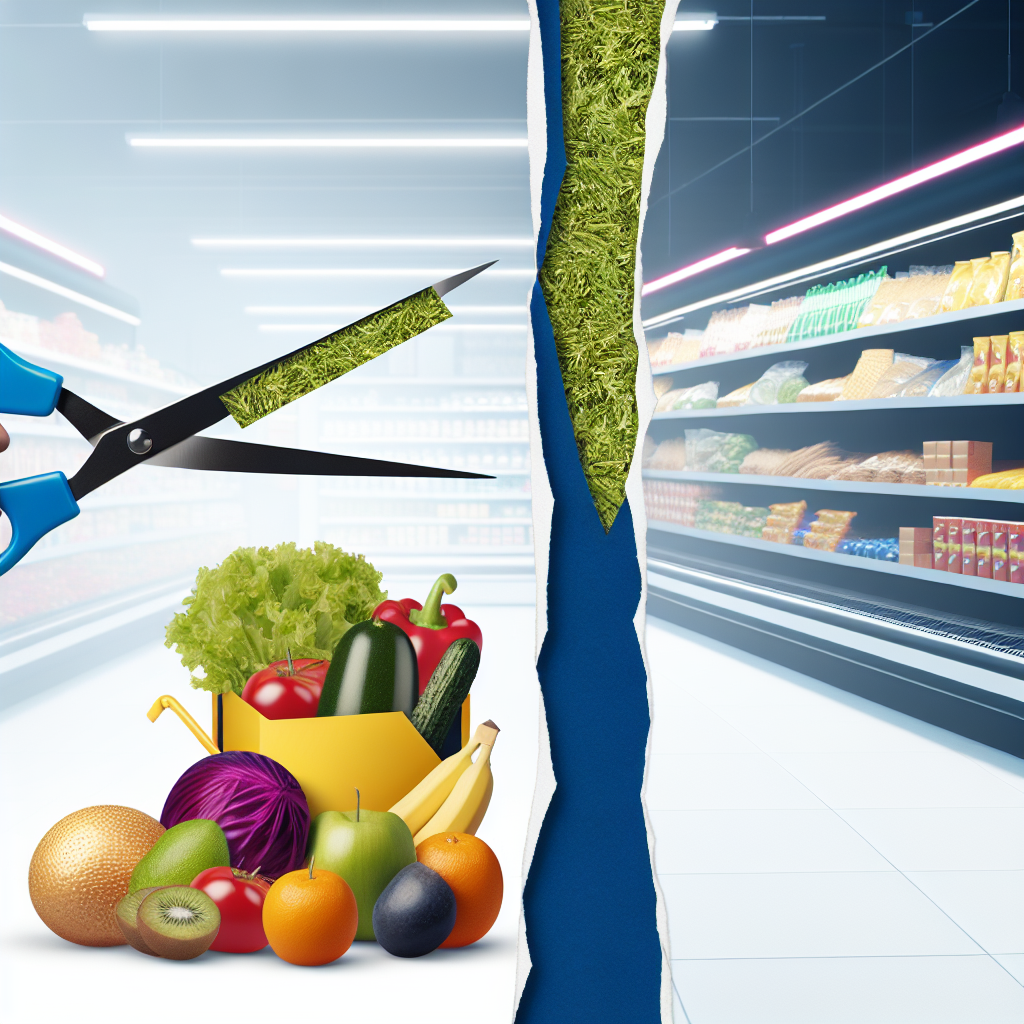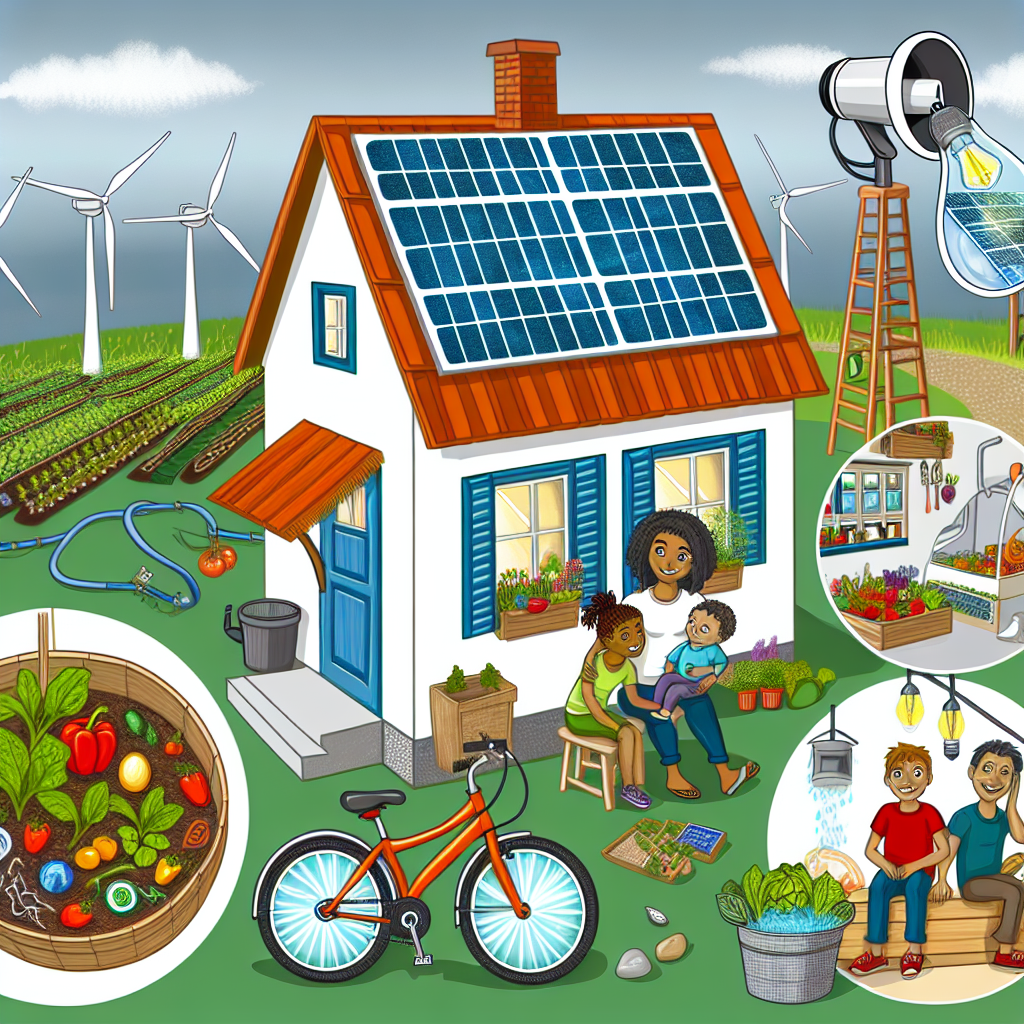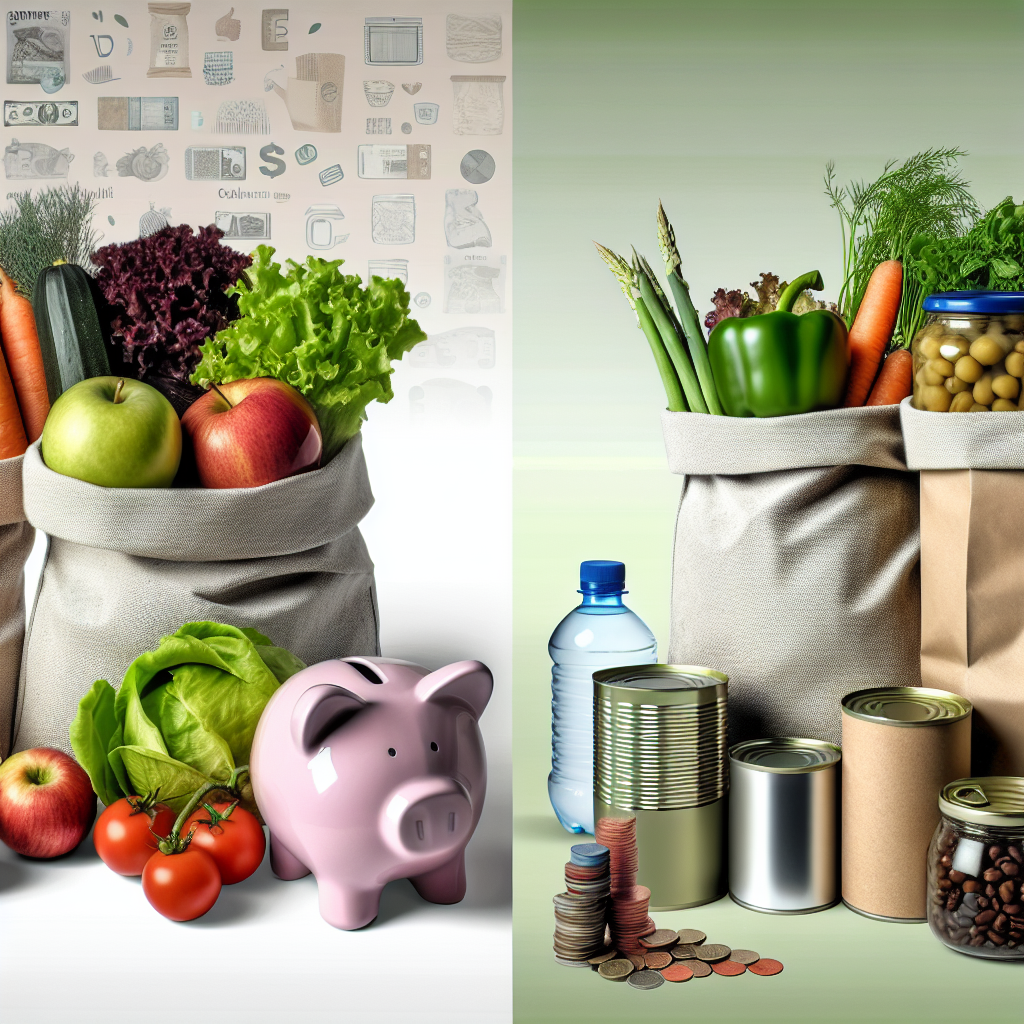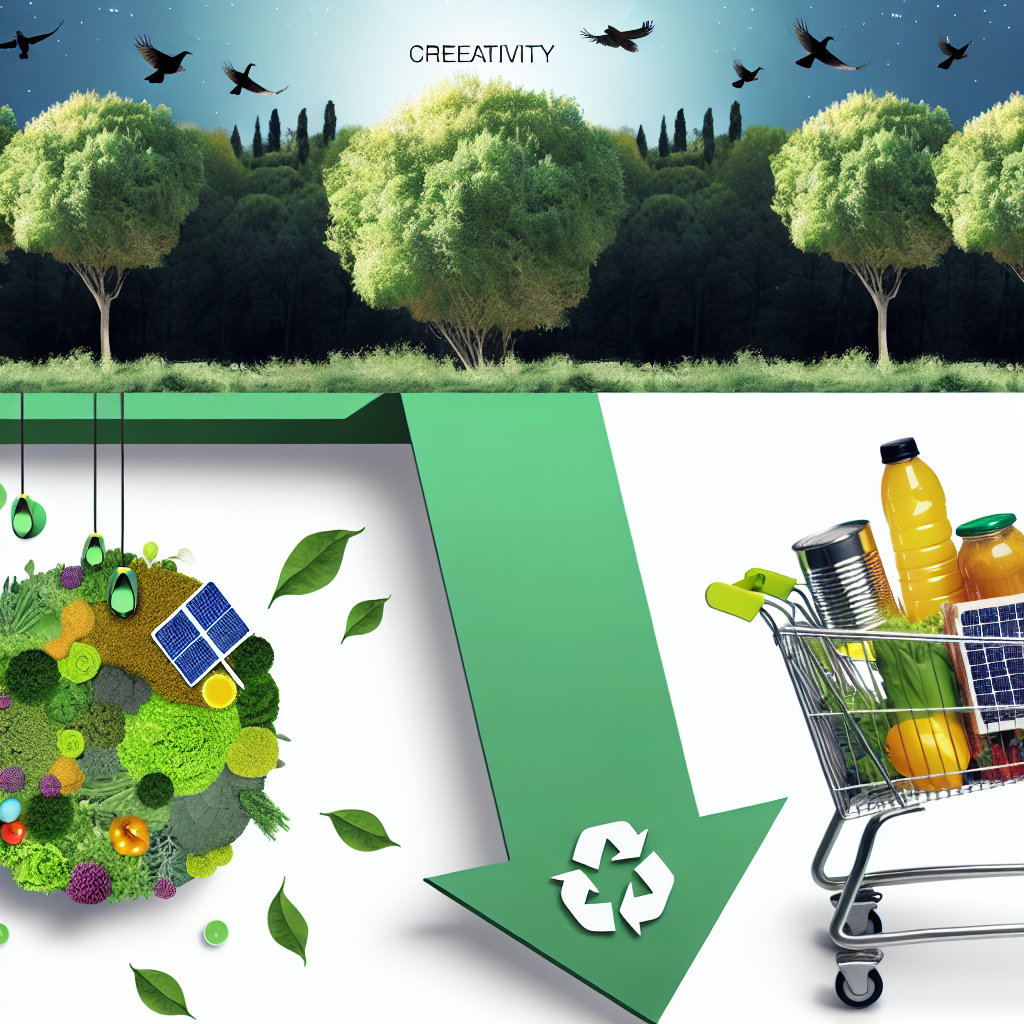10 Creative Ways to Cut Your Grocery Bill While Going Green
Introduction
Hi there, earth-friendly savers! Let’s take a moment from our busy lives to talk about two things we all care about—a smiling wallet and a happy planet. Have you noticed? Grocery prices are climbing like a mountain, and living sustainably feels confusing at times. But guess what? We’re here to help you combine these two goals into an amazing way of saving money and being eco-friendly. It’s a win-win if you ask me!
Understanding the Benefits of Going Green
Before we get into saving money while being green, let’s talk about why these two goals go so well together. Being eco-friendly not only cuts costs but also reduces your carbon footprint. By making thoughtful choices at the grocery store, you can save a lot of money and help the planet—a double win!
The Magic Combo: Financial and Environmental Gains
- Less Packaging: Buying in bulk or cooking from scratch means less packaging waste, and every penny saved is a penny earned.
- Less Food Waste: Planning, planting, and portioning mean you buy and use only what you need.
- Super-Fresh Foods: Seasonal and local produce is often cheaper and packed with flavor and nutrients.
1. Meal Planning for Efficiency
Use your meal-planning skills to cut down waste. Here’s how:
- Plan Around Seasons: Use apps or a simple calendar to see what’s in season. Carrots in April, pumpkins in October. They’re both cheaper and tastier!
- Love Leftovers: Transform leftovers into a new meal. Yesterday’s spaghetti can become today’s Spaghetti Frittata!
- Shop Smart: With a plan, your shopping is quicker. Stick to the plan to avoid temptations.
2. Buy in Bulk
Buying in bulk is super helpful. It’s cheaper and creates less waste!
- Staple Sites: Stock up on grains, nuts, and spices—they last a long time.
- Storage Smarts: Airtight containers are your friends for storing bulk items.
- Less Packaging: More bulk means less plastic. Thanks for helping, Earth!
3. Embrace Plant-Based Meals
Enjoy more plant-based meals instead of meat. It’s good for your wallet and the planet!
- Save Money: Lentils and beans are cheaper than steak. Easy decision!
- Tasty Dishes: Try yummy black bean tacos, chickpea curry, or veggie stir-fry.
- Eco-Friendly: Less cows, more trees!
4. Grow Your Own Produce
No green thumb? No problem! Small pots can still give you a good harvest.
- Beginner Plants: Basil, mint, and radish are easy to grow.
- Count the Savings: Save money on store-bought herbs and veggies.
- Eco Bonus: Cleaner air and happy plants to talk to!
5. Shop with Reusable Bags and Containers
Single-use plastics, watch out! We’re ready to replace you.
- Bring Your Own (BYO): Keep bags and jars handy in your car or near the door.
- Remember the Gear: Add “BYO” to your grocery list to build the habit!
- Stay Organized: Store reusable bags on hooks and keep lids on containers.
6. Choose Local, In-Season Foods
Choosing local is good for your senses and your wallet.
- Longer Shelf Life: Fresh produce lasts longer with less spoilage.
- Find the Source: Farmers’ markets, roadside stands, or CSA memberships have the best seasonal picks.
- Support Community: Buying local helps your local economy. Go team!
7. Make Your Own Snacks and Staples
Be a kitchen artist and make your own snacks.
- DIY Goodies: Granola bars, smoothies, and even pasta can be homemade.
- Compare Prices: Homemade often costs half as much as store-bought.
- Less Waste: Control the ingredients and cut down packaging waste.
8. Use Coupons and Apps for Deals
Clip those coupons and tap apps for great deals!
- Dive for Deals: Apps like Ibotta and Honey help save money easily.
- Smart Coupons: Use coupons for items you actually need.
- Balance: Find eco-friendly deals with a bit of research.
9. Mindful Shopping: Buy Only What You Need
Impulse buys are sneaky! Let’s avoid them.
- List Stick: Write a list and stick to it. Stop those impulse buys!
- Frequent Small Buys: Buy less, more often to keep produce fresh.
- Think About Size: Don’t buy huge packs if they’ll go bad quickly.
10. DIY Cleaning Products with Grocery Items
Your kitchen has what you need to clean up things!
- Key Items: Vinegar, baking soda, and lemons clean great—plus they smell nice.
- Save Big: Skip costly store-bought cleaners full of chemicals.
- Recipes to Try: Lemons + baking soda = great sink cleaner. Vinegar + water + essential oils = all-purpose cleaner.
Conclusion
There you have it, earth-friendly savers: ten ways to keep your budget and the planet happy. Every tiny step counts—each bit of savings and every eco-friendly choice makes a difference. Your bank account and Mother Nature will thank you with a gold star!
Call to Action
Did you enjoy these tips like finding a $20 bill in a pocket? Are you ready to make your lifestyle green and thrifty? Share your eco-friendly, money-saving tips with us in the comments below. Let’s start this green journey together—because saving the planet can be fun and frugal too!

